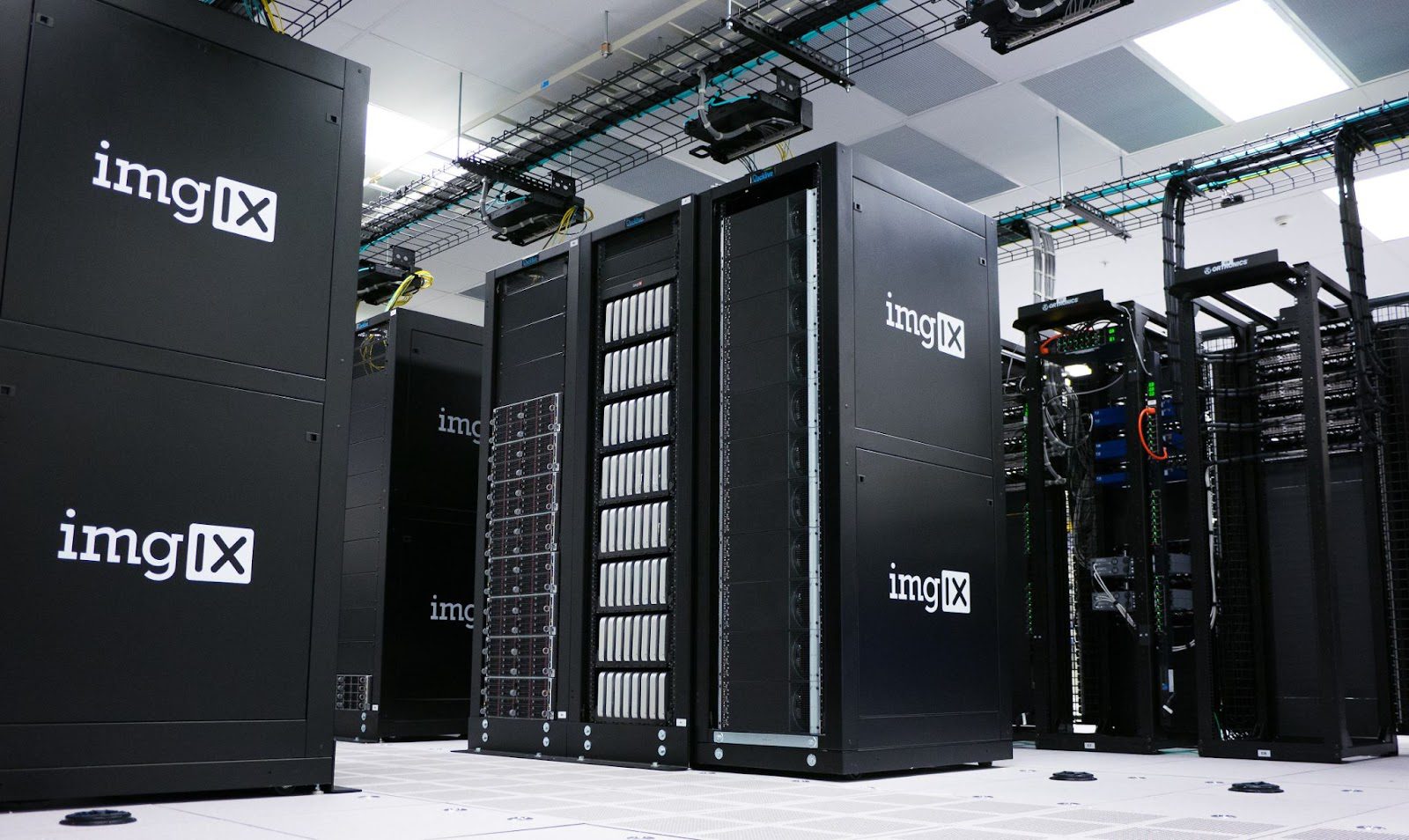A Data Analyst training allows you to acquire a wide variety of technical skills and develop essential soft skills for this profession. Discover the main skills of data analysis to know how to choose the best course!
Data is playing an increasingly important role in the modern world. In all sectors, many companies realize the importance of analysis for making more informed decisions, and thus remain competitive in the market.
This realization has led to a significant increase in demand for professionals capable of effectively analyzing data.
The goal of a Data Analyst training is to offer a path to this exciting, expanding, and future-oriented career.
Here are the notions you can acquire through such a course, to help you choose a data analyst course adapted for you based on your level, your goals and the industry in which you wish to work!
The fundamentals of data analysis
To become a good Data Analyst, the essential basis is to master the fundamentals of data analysis. This includes the collection, cleaning, and storage of data.
Most courses therefore provide a thorough introduction to these basic principles. Learners will discover tools and techniques such as SQL (Structured Query Language) for extracting data from relational databases.
They will also become familiar with programming languages such as Python, widely used for data analysis with its many libraries like Pandas and NumPy.
Another key skill taught in these courses is the ability to explore and visualize data effectively. You will learn to use tools such as Tableau and Power BI, which create interactive visualizations and dashboards to facilitate understanding of data.
In addition, an understanding of basic statistical concepts is elementary for interpreting data correctly and drawing relevant and meaningful conclusions.
Mastering advanced analysis techniques
Beyond these fundamentals, a Data Analyst training allows you to explore in more depth advanced data analysis techniques.
Learners will acquire skills in statistical modeling, including linear regression and logistic regression.
These techniques allow you to discover relationships between variables and make forecasts based on available data.
In addition, machine learning and artificial intelligence are at the heart of modern data analysis. A good training includes an introduction to these concepts and associated techniques such as decision trees, clustering algorithms, and neural networks.
You will also discover how to apply these techniques for prediction, classification, and data segmentation.
In the age of Big Data, it is also essential to know how to handle large amounts of data. A data analysis course therefore allows you to learn to handle the techniques and tools used to manage, manipulate, and analyze these vast datasets such as Apache Hadoop and Spark.
Mastering cloud computing technologies

Cloud computing is increasingly used, and is therefore now a major component of Data Analyst training.
It offers a flexible, scalable, and economical infrastructure for data storage and processing.
During training, analysts learn to work with platforms such as Amazon Web Services (AWS), Microsoft Azure, or Google Cloud Platform.
They learn in particular to migrate, store, and process massive volumes of data in the cloud.
In order to carry out rapid and effective analyzes, the cloud allows you to take advantage of a large distributed computing power. Flexible working environments can be set up, and resources can be provisioned on demand.
It is also an excellent way to collaborate with other professionals remotely. In addition, cloud providers offer services and tools specifically dedicated to data analysis such as data warehouses, data extraction, transformation, and loading tools (ETL) and distributed processing platforms.
By learning to use these services, you will be able to optimize the performance of your analyzes and explore advanced techniques such as parallel processing and large-scale machine learning.
Development of communication and presentation skills
After analyzing the data, the Data Analyst must also be able to effectively communicate the results of his analyzes to stakeholders.
Training can therefore include the development of communication and presentation skills. You will also learn to create clear and informative reports, to synthesize the results and to present them in a comprehensible manner for a non-technical audience.
Again, data visualization skills play a crucial role in communicating results in order to be able to tell a story from the data. Narrative techniques give them context and meaning.
Similarly, problem-solving skills and decision-making are part of the soft skills developed during such a course.
Learners are exposed to real case studies and practical projects during which they will have to apply their knowledge and skills to solve concrete data analysis problems.
They will also learn to formulate clear business questions, identify relevant data sources, choose appropriate analysis techniques, and interpret results in a meaningful way.
The principles of data ethics are also discussed, particularly with regard to privacy and cybersecurity.
By developing these skills, Data Analysts are better prepared to tackle the complex challenges related to data analysis and to provide informed recommendations to decision-makers.
Some training allows acquiring skills specific to certain industries, such as health or finance involving the processing of sensitive data requiring a more rigorous approach.
Before choosing a Data Analyst training, take care to consult the program to verify that it covers all the concepts you will need to access the job of your dreams!



































